目录
Lesson 1(Lesson1 – Lesson 3).............................................................................................................................................2
Lesson 2 (Lesson4 – Lesson 6)............................................................................................................................................3
Lesson 3 (Lesson 7 – Lesson 10).........................................................................................................................................5
Lesson 4(Lesson11 – Lesson 14).........................................................................................................................................7
Lesson 5(Lesson15 – Lesson 17).........................................................................................................................................8
Lesson 6(lesson 18 – lesson20)..........................................................................................................................................10
Lesson 7(lesson 21 – lesson24)..........................................................................................................................................11
Lesson 8(lesson 25 – lesson28)..........................................................................................................................................12
Lesson 8(lesson 25 – lesson28)..........................................................................................................................................12
Lesson 9(lesson 29 – lesson31)..........................................................................................................................................14
Lesson 10(lesson 32 – lesson34)........................................................................................................................................17
Lesson 11(lesson 35 – lesson37)........................................................................................................................................18
Lesson 12(lesson 39 – lesson 42).......................................................................................................................................20
Lesson 13(lesson 43 – lesson 46).......................................................................................................................................22
Lesson 14(lesson 47 – lesson 49).......................................................................................................................................23
Lesson 15(lesson 50 – lesson 52).......................................................................................................................................25
Lesson 16(lesson 53 – lesson 56).......................................................................................................................................27
Lesson 17(lesson 57)..........................................................................................................................................................28
Lesson 18(lesson 58 - lesson 60).......................................................................................................................................30
Lesson 19(lesson 61 - lesson 63).......................................................................................................................................31
Lesson 20(lesson 64 - lesson 66).......................................................................................................................................33
Lesson 21(lesson 67 - lesson 69).......................................................................................................................................34
Lesson 22(lesson 70 – lesson72)........................................................................................................................................36
Lesson 23(lesson 73 – lesson74)........................................................................................................................................36
Lesson 24(lesson 76 – lesson78)........................................................................................................................................37
Lesson 25(lesson 79– lesson80).........................................................................................................................................39
Lesson 26(lesson 81– lesson83).........................................................................................................................................40
Lesson 27 – Lesson28(lesson 84– lesson88).....................................................................................................................42
Lesson 29(lesson 89– lesson92).........................................................................................................................................43
Lesson 30(lesson 93– lesson 95)........................................................................................................................................44
Lesson 31(lesson 96– lesson 97)........................................................................................................................................45
Lesson 32(lesson 98– lesson 101)......................................................................................................................................46
Lesson 33(lesson 102– lesson 104)....................................................................................................................................48
Lesson 34(lesson 105– lesson 107)....................................................................................................................................49
Lesson 35(lesson 108– lesson 110)....................................................................................................................................51
Lesson 36(lesson 111– lesson 113)....................................................................................................................................52
Lesson 37(lesson 114– lesson 116)....................................................................................................................................53
Lesson 38(lesson 117– lesson 119)....................................................................................................................................54
Lesson 39 – Lesson 40(lesson 120– lesson 124)...............................................................................................................56
Lesson 41-Lesson42(lesson125 – lesson 132)...................................................................................................................58
Lesson 43-Lesson44(lesson133– lesson 138)....................................................................................................................60
Lesson 45(lesson139– lesson 140).....................................................................................................................................61
Lesson 46(lesson141– lesson 142).....................................................................................................................................63
Lesson 47-Lesson 48(Lesson 143 – Lesson 144)..............................................................................................................64
- 1 -

 2024-12-06 4
2024-12-06 4
 2024-12-06 11
2024-12-06 11
 2024-12-06 29
2024-12-06 29
 2024-12-06 26
2024-12-06 26
 2024-12-06 29
2024-12-06 29
 2024-12-06 11
2024-12-06 11
 2024-12-06 35
2024-12-06 35
 2024-12-06 12
2024-12-06 12
 2024-12-06 37
2024-12-06 37
 2024-12-06 26
2024-12-06 26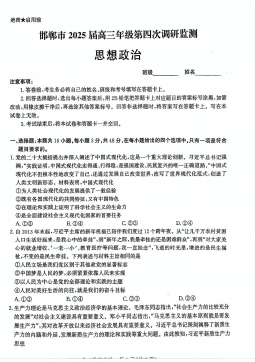
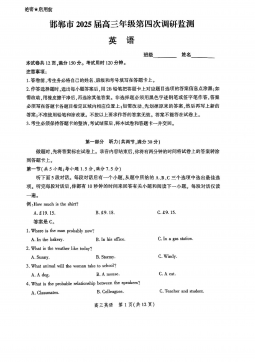
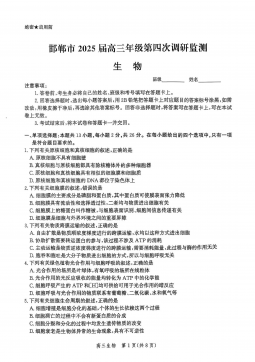
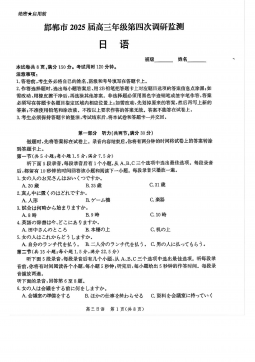
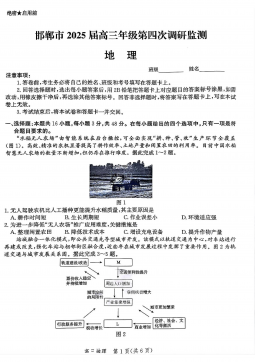




 渝公网安备50010702506394
渝公网安备50010702506394
